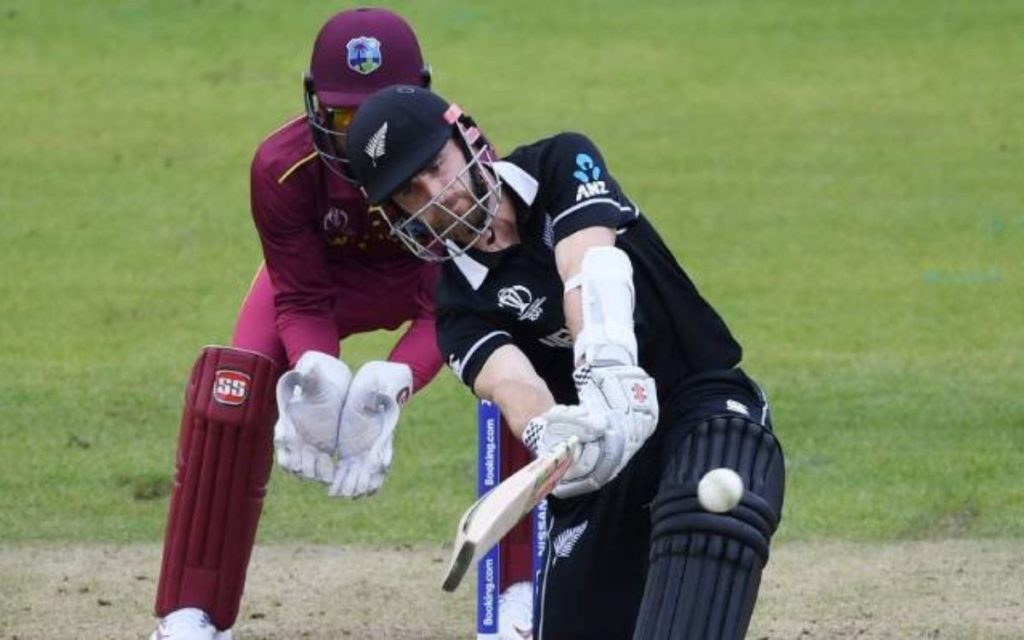
Run rate or Net run rate is simply the average score of a player in a single over to determine or differentiate their performance or runs from others. This is the average runs of a batsman or the batting side of the game for a whole over. It is done only for a match still in play and for six balls over. So the answer how to calculating the run rate in cricket is doing some calculations in terms of the player`s total runs scored in that over, along with the number of balls that were either no balls or wide balls.
The fact that the run rate of any player can go up to 36 runs if they can score a total of six sixes in all of the balls. This criterion does not include special circumstances such as no-balls or wide balls, giving the player an extra run over the top. This cannot go any above six runs in a single ball, excluding other circumstances as the maximum run is a six making a total score for an over 36. The higher the score, the harder the competition for the opposite team as they have to achieve the score by chasing it.
Calculating the run rate of a team or a player

Knowing how to calculate the run rate of either a player or a team is quite easy if the person doing it knows its basics. A simple way people can calculate the run rates of other players is by dividing the total number of runs scored by the player and dividing it by the number of bowels they have played in the entire game. This makes the procedure of knowing any player’s run rate quite easy.
Thus if a batsman scored a total of 110 runs in just 11 overs, they would have a run rate of 10 in the entire match. Meaning they were able to score 10 for every over they played or batted, by which a person can know how to calculate the run rate in cricket. However, calculating the run rate can be confusing for an ongoing match. There can be several conditions, such as first the match should be ongoing. The person calculating it should also consider the total balls as the batsman might have gotten out in the middle of an over.
One other thing is that situations like wide balls; no balls can make it even trickier. Another simple method of calculating a person`s run rate is for every over in an ongoing match with the same formula used for the entire game. The same method is used for all kinds of matches, such as for ODI`s or test crickets along with T-20`s.
Difference between run rate and Net run rate
Several people think that the net run rate is the same as the run rate. However, these both are different In their terms. Run rate is calculated for a single-player and ongoing match, whereas the net run rate is calculated for the entire team to know their performance. Calculating or knowing the net run rate or NRR is several times easier than run rate as it has a simple formula of dividing the number of runs by the total balls played by the team collectively.
This makes calculating NRR much easier than RR as all the excluded situations in a run rate are simply taken into the formula without any difficulty. This is because the whole game is included rather than a single-player or an over. Whereas including all of these while calculating a single player’s run rate in an ongoing match makes it more confusing and hard. The formula, however, for the two is quite similar to each other.
Imagine if a whole team has a total run of 200 int-20 matches. The total run rate of the team simply will be ten, meaning the team collectively was able to score ten runs for every over they played. All of the added runs from wide balls or no balls will add to the total runs.
Players with the best-run rates

In cricket history, there have been several players who scored run rates that were best in the game and scored top positions. Adam Gilchrist is a famous batsman from the Australian team who has a run rate of 96.94 in ODI matches. This player comes at number ten in the world.
The player that is number one on the list for their run rate is Glenn Maxwell, who has a RR of 121.95 and is a player from the Australian team just like Adam Gilchrist.




